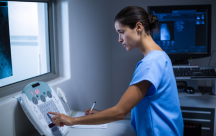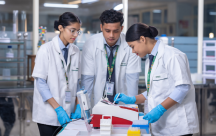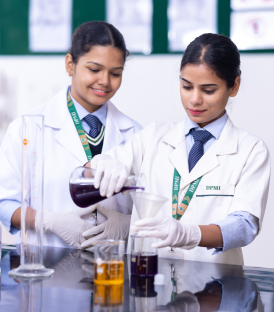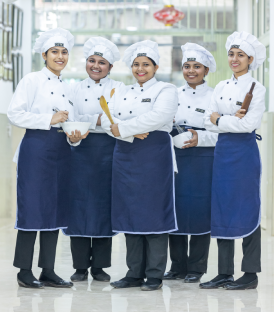February 10, 2024
PCR, short for polymerase chain reaction, is a commonly used molecular biology technique that allows the amplification of a specific segment of DNA. It is widely used in various fields of research, clinical diagnostics, forensic analysis, and other applications. Below are some of the common types of PCR and their uses:
1. Reverse Transcription PCR (RT-PCR): This technique combines PCR with reverse transcription, allowing the amplification of RNA targets. It is widely used to analyze gene expression levels, detect RNA viruses, and study RNA-based biological processes.
2. Real-Time PCR: Also known as quantitative PCR (qPCR), it enables the quantification of DNA or RNA targets in real-time during the amplification process. It is extensively used for gene expression analysis, viral load quantification, detection of pathogens, and other applications requiring precise quantification.
3. Nested PCR: This technique involves a two-step amplification process where an initial “outer” set of primers amplifies a larger DNA fragment, followed by a second amplification using “nested” primers within the first amplicon. It is commonly used when low abundance or degraded samples are available or when high specificity is required.
4. Multiplex PCR: This PCR variation allows the simultaneous amplification of multiple targets in a single reaction. By using different sets of primers specific to different DNA sequences, multiplex PCR saves time, labor, and resources. It finds applications in diagnostic testing, genetic mapping, and pathogen identification.
5. Hot Start PCR: This PCR protocol involves adding a heat-activated DNA polymerase enzyme after the initial heating step of the reaction. It helps prevent non-specific amplification, primer-dimer formation, and improves overall reaction specificity.
6. Digital PCR: Unlike traditional PCR, digital PCR quantitatively measures the absolute amount of target DNA or RNA molecules present in a sample. It partitions the reaction mixture into multiple individual reactions, allowing the counting of positive and negative partitions to determine the target concentration accurately.
These are just a few examples of the different types of PCR and their uses. PCR techniques continue to evolve, and new variations are continually being developed to address specific research and clinical needs.

















